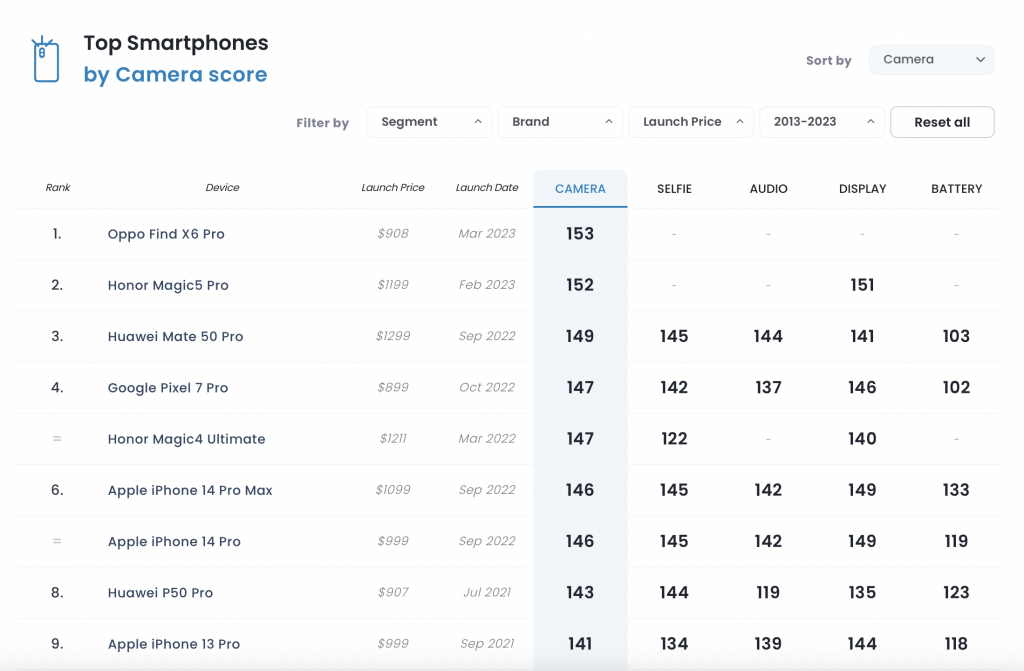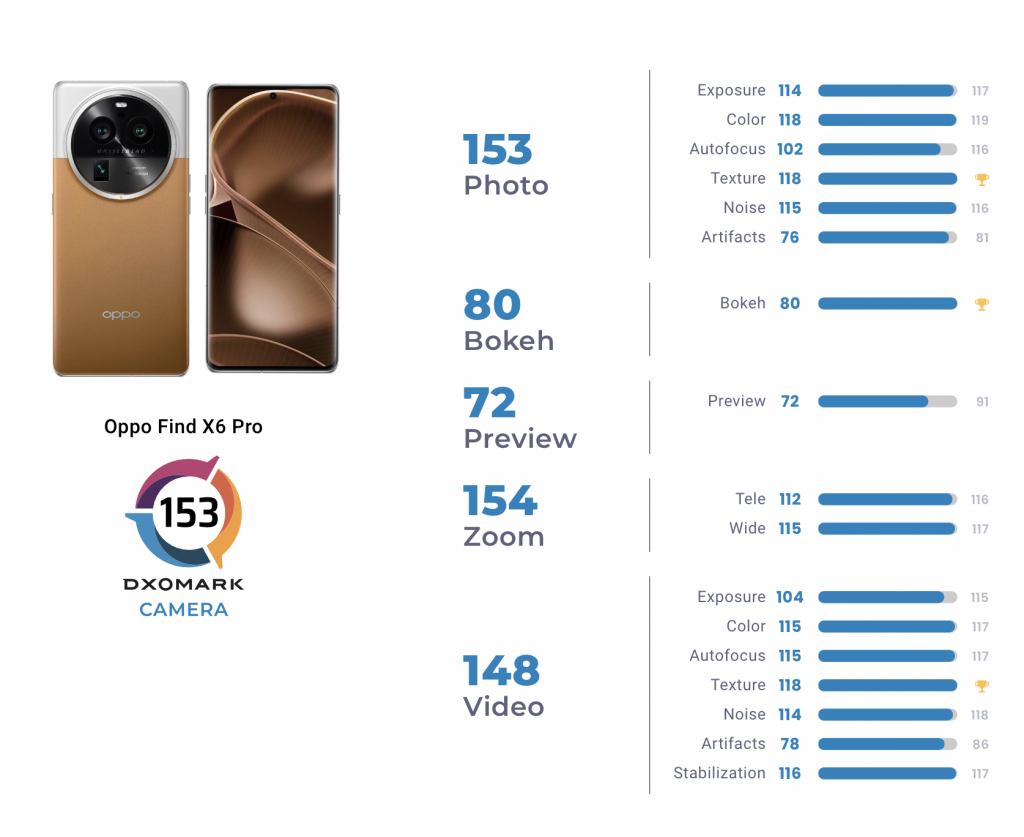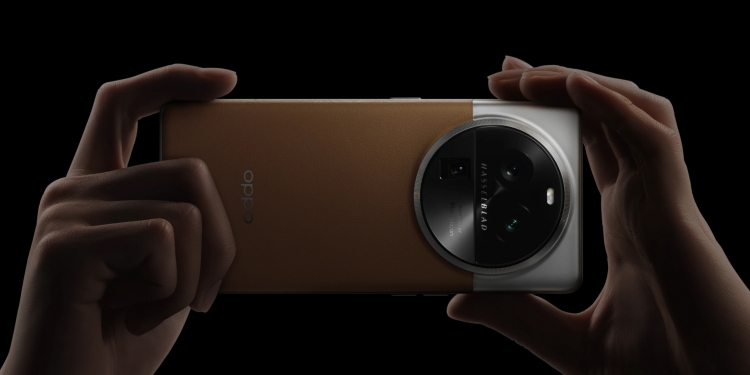It seems like every day, there’s a new device claiming DxOMark’s top ranking for smartphone cameras. First it was the Google Pixel 7 Pro in October, which was beaten after less than a month by the then-new Huawei Mate 50 Pro. This year saw a new device top the list, the Honor Magic 5 Pro.
However, that phone has had the dishonour of being trumped barely two months later, vanquished by the new Oppo Find X6 Pro. The latest flagship to come from BBK’s high-end brand, it features Hasselblad-branded triple 50MP cameras that have larger sensors than the segment norm. This is led by main camera that uses the 1-inch Sony IMX989 sensor found in a growing number of flagships, paired to a 23mm-equivalent f/1.8 aperture lens that Oppo claims lets in more light than any other smartphone camera.
Then there are the ultra-wide and telephoto shooters, both using 1/1.56-inch IMX890 sensors that are the same ones used on the OnePlus 11’s main camera. The ultra-wide comes with a 15mm-equivalent f/2.2 lens, while the telephoto utilises a 64mm-equivalent f/2.6 periscope lens; the Find X6 Pro can also use a 12.5MP crop of the latter to provide an “optical-quality” 6x zoom.

All this is underpinned by a revised MariSilicon X AI-driven image signal processor (ISP) uses deep fusion technology on RAW image data, which Oppo says improves image clarity by 30% and reduces noise by 60%. There’s also the 13-channel spectral sensor from the OnePlus 11.
DxOMark rated this “triple main camera” setup very highly, giving it top marks in terms of texture and bokeh quality—in fact, the Find X6 Pro is claimed to be the best smartphone to date when it came to retaining textures whilst reducing noise. The test lab also said the device preserved detail “impressively well” across all three cameras—even at night, where the Oppo bested all other phones in low-light performance.

On top of that, the Find X6 Pro was found to have fast autofocus, and its large main camera aperture allowed it to use higher shutter speeds to freeze the action—lending credence to Oppo’s claim. It also did well in video performance, comparing favourably to the benchmark iPhone 14 Pro, despite the use of 8-bit colour instead of 10-bit HDR.
The device was only marked down due to slightly inconsistent exposure, lack of contrast in backlit photos, occasional unnatural skin tones and an overly shallow depth of field playing havoc on group shots. With a rating like this, it’s a shame the Oppo Find X6 Pro will unlikely be sold in Malaysia, isn’t it?








